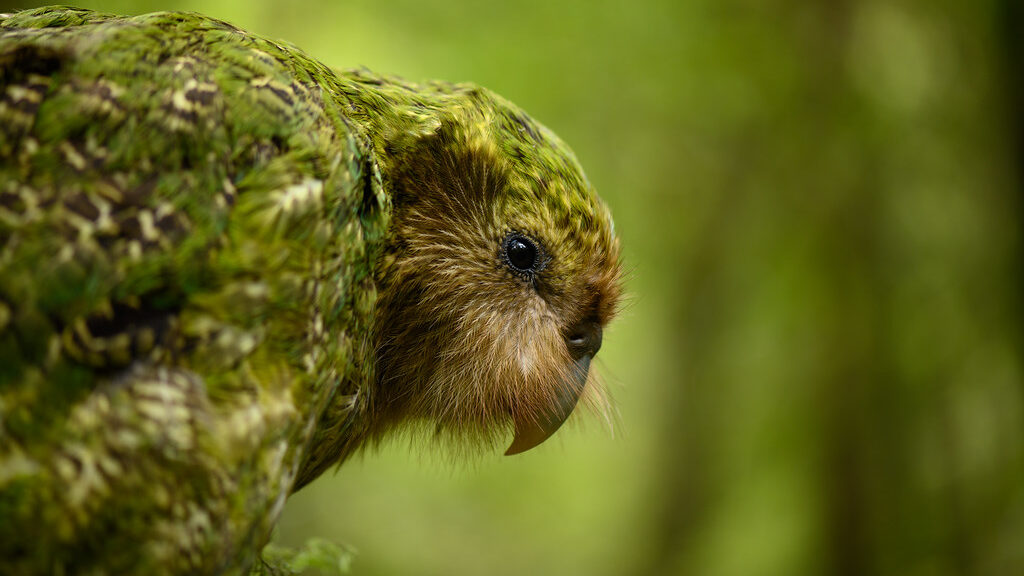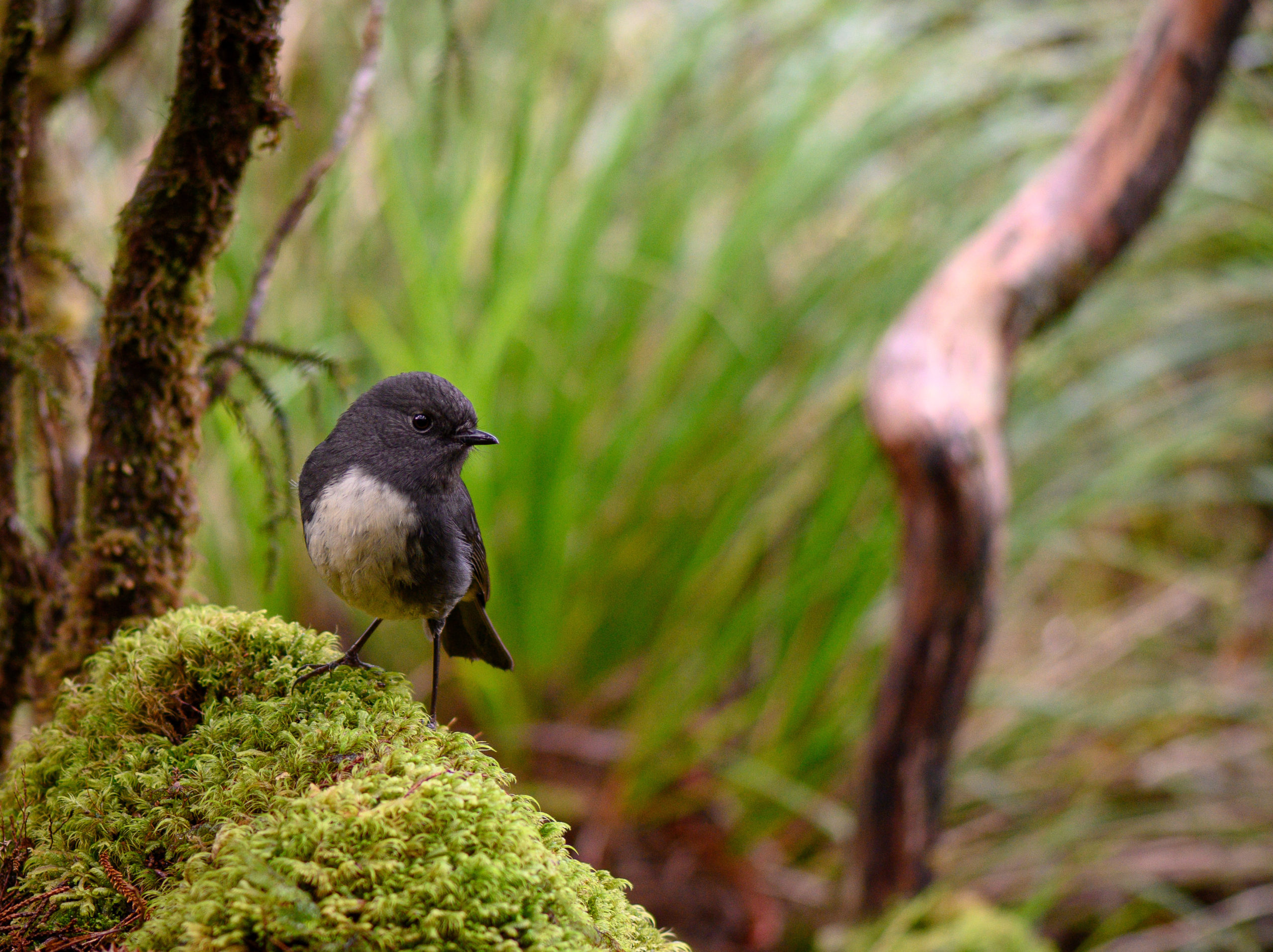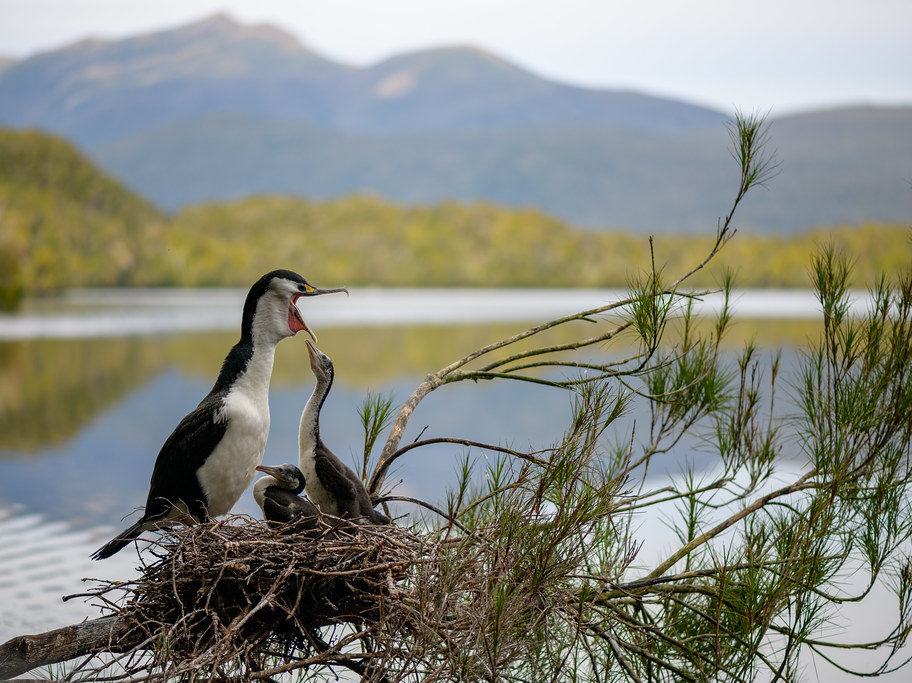Much of the early conservation work, and gains, have been in Fiordland’s Tamatea Dusky Sound, in the vast archipelago stretching from Dusky, up Acheron Passage to Breaksea Sound, a stunningly beautiful wilderness of inland waterways, over 700 islands and towering mainland peninsulas.

It was only ten years ago that the late Sir Paul Callaghan gave his famous speech where he declared predator-free New Zealand as ‘our equivalent of the Apollo moon landing’. Since then, with the government coming on board with ‘Predator Free 2050’, the seachange in the community response to conservation has been swift.
Are we tiring now? Without a predator proof fence around our mainland sites, are we fatiguing from seeing the rat or stoat numbers fall but then rise again in a mast year, no matter how many times we reset those traps?
But are we struggling to ‘keep the faith’. Perhaps it’s timely, then, to look back, to remind ourselves of where we’ve come from, and what we’ve already gained.
Much of the early conservation work, and gains, have been in Fiordland’s Tamatea Dusky Sound, in the vast archipelago stretching from Dusky, up Acheron Passage to Breaksea Sound, a stunningly beautiful wilderness of inland waterways, over 700 islands and towering mainland peninsulas.

It was here the world’s first nature reserve was declared – Resolution Island in 1891. Three years later the world’s first ranger, Richard Henry, took up residence and spent almost 14 years moving kākāpō and kiwi onto what he thought would be a safe refuge, Resolution and other islands close by.
Several decades later, it was here that the first significant island anywhere in the world was cleared of rats (Breaksea Island, 1988). It took another ten years for a few enlightened souls to take on stoat eradication. This took place on Te Kākahu Chalky Island, just south of Dusky. Once they’d proved it was possible, the team moved straight on to Pukenui/Anchor Island, the jewel within Tamatea. This paved the way for Anchor Island becoming a critical liferaft of a predator-free refuge for several endangered New Zealand native birds – mōhua, tīeke, kākāriki, little spotted kiwi, and most notably, kākāpō.
The biggest challenge, however, was Mauikatau Resolution Island, a 21,000 hectare massif that dominates the archipelago. DOC succeeded in covering Resolution with over 326 kilometres of traplines, and 3500 stoat traps. (The stoats on the island had long ago consumed the population of Norway rats.) That was completed in 2008, and since then, teams have traipsed across the island, checking, clearing and re-setting traps, at least four times a year. It’s very hard work.
But still they come, those stoats. They continue to swim the narrow Acheron Passage from the mainland to Resolution. And every year the DOC team in Te Anau scratch their heads wondering if they’re hitting their heads against a brick wall of impossibility.
All the islands were part of an ambitious plan, The Tamatea Dusky Sound Conservation & Restoration Plan, set in motion by a few energetic and visionary folk. There were plans to smother every island in traps, even reaching out to try and isolate some of the mainland peninsulas. They knew, however, that all they could hope to achieve on many of these islands and peninsulas was to control predators. Knock back the numbers. That perhaps, even with low numbers of predators, a number of native species could at least hang in there, if not thrive.

Certainly, on Resolution, where mōhua and kakaruai South Island robins were released, the populations of these birds seem to be doing so well they’re even migrating to neighbouring islands. So the answer was yes, certain species could thrive, even if some pesky stoats persisted in taking up residence.
More importantly, however, low numbers of predators mean less risk of the carnivore making the dash across the water to the islands that really matter, Pukenui Anchor Island now the biobank for almost half the surviving population of kākāpō.

But there’s another realm of avian beneficiaries we often don’t think about – the seabirds. Perhaps that’s because they’re flying, feeding offshore most of the year. But when it comes time to nest, they come in to land. There are three species that faithfully try and nest every year in the Dusky archipelago: tītī or muttonbirds, we know them well; mottled petrels, an ultra-distance flyer (all the way to the Bering Sea near Alaska, the male and female arriving back to the island and nest site in Dusky within hours of each other); and the broad-billed prion, with its beautiful dusky-blue plumage. Captain James Cook noted the latter ‘blue petrels’ in their thousands when he was in Dusky in 1773. But by the time Richard Henry arrived here in 1894, he never saw a single broad-billed prion. The Norway rats had wiped most of them out.
But today they’re back. In their hundreds, potentially one day in their thousands. As a result of predator control on many of the islands in Dusky, including Resolution – the stoat numbers down, not out – the populations of all three petrels are now doing exceptionally well.
There’s one more reason to ‘keep the faith’. We’re buying time. It’s reassuring to know our endangered species have a safe refuge, at least for the time being, hoping that one day soon that miracle predator-eradication device will be found. Whether that refuge is in Tamatea Dusky, or in our own backyards, is reason enough to keep checking those traps.
Peta Carey’s book Tamatea Dusky tells the remarkable story of conservation and history in Fiordland’s Tamatea/Dusky Sound.

